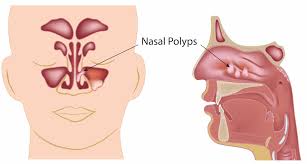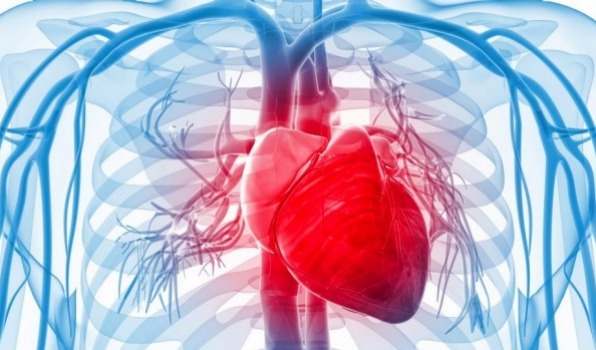Hypertrichosis and Homeopathy
Hypertrichosis, otherwise called werewolf disorder, is a condition portrayed by extreme hair development anyplace on an individual's body. It can influence the two ladies and men, however it's very uncommon. The strange hair development may cover the face and body or happen in little fixes. Hypertrichosis can show up upon entering the world or create over the long run.
Sorts of hypertrichosis:
There are a few sorts of hypertrichosis:
• Congenital hypertrichosis lanuginosa: It initially shows up as should be expected lanugo, the fine hair found on a child, upon entering the world. However, rather than vanishing during ensuing weeks, the delicate fine hair keeps on filling in different spots on the child's body.
• Congenital hypertrichosis terminalis: Abnormal hair development starts upon entering the world and proceeds all through an individual's life. Hair, typically long and thick, covers the individual's face and body.
• Nevoid hypertrichosis: Excessive hair development of any sort shows up in a characterized region. In couple of cases, more than one fix of hair is available.
• Hirsutism: This type of hypertrichosis is restricted to ladies. It brings about dim, thick hair filling in places ladies typically don't have hair, like their face, chest, and back.
• Acquired hypertrichosis: Unlike inherent hypertrichosis, the gained type of the infection will in general foster further down the road. Also, it brings about two sorts of hair other than lanugo: vellus hair or terminal hair. Abundance hair may fill in little fixes or on all hair-developing spaces of an individual's body.
Side effects of hypertrichosis
As referenced already, hypertrichosis can happen upon entering the world or foster sometime down the road.
Hypertrichosis generally delivers one of three sorts of hair:
They might be found anyplace however the bottoms of your feet, backs of your ears, lips, and palms, or on scar tissue. Vellus might be pigmented or nonpigmented.
• Lanugo: This kind of hair is delicate and fine, similar to that on the body of an infant. It ordinarily has no shade. Most infants lose lanugo inside a couple of days or weeks after birth. In the event that hypertrichosis is available, lanugo may stay except if treated and eliminated.
• Terminal: The hair is long and thick, and normally dull.
Ladies with hirsutism foster solid, dull body hair in spots like their face, chest, and back.
Another normal manifestation of hypertrichosis is an issue with your gums or teeth. A few teeth might be absent, or your gums might be developed.

Reasons for this condition:
The reasons for hypertrichosis aren't surely known, however there is a type of the illness that will in general disagreement families.
Inborn hypertrichosis might be brought about by reactivation of qualities that cause hair development. The qualities that caused broad hair development in early man have "shut down" throughout advancement. By a misstep that actually has no known reason, these hair-development qualities "turn on" while a child is as yet in the belly.
Obtained hypertrichosis may have a few beginnings. At the point when hair development is all over the place or in arbitrary patches, potential causes include:
• porphyria cutanea tarda, a condition where your skin is particularly touchy to light
• malnutrition
• diet or a dietary problem like anorexia nervosa
• cancer
• certain drugs, like androgenic steroids, the hair-development drug minoxidil, and cyclosporine (Sandimmune)
Hypertrichosis happening in explicit spots on your body can create from:
• lichen simplex, an ongoing skin condition that prompts irritation and continued scratching of a fix of skin
• temporary utilization of a mortar cast
• increased vascularity, a lifting weights methodology to foster unmistakable veins close to the outside of the skin.

Predominance of hypertrichosis:
Hypertrichosis, paying little mind to type, is inconsistent. Inborn hypertrichosis lanuginosa, for instance, is incredibly uncommon. Just around 50 instances of this sort of hypertrichosis have at any point been recorded, as indicated by JAMA Dermatology Trusted Source. Hirsutism is considerably more typical, influencing around 7% of the female populace in the U.S.
Treating hypertrichosis:
Hypertrichosis has no fix, and you can't successfully forestall the innate type of the sickness. The danger of specific types of procured hypertrichosis might be brought down by keeping away from specific drugs, like minoxidil.
Treating hypertrichosis includes the expulsion of hair through an assortment of momentary techniques. They include:
• shaving
• chemical epilation
• waxing
• plucking
• hair blanching
These techniques are brief arrangements. They likewise risk causing difficult or awkward skin aggravation. Furthermore, on certain pieces of your body, these medicines aren't handily done.
Long haul medicines incorporate electrolysis and laser medical procedure. Electrolysis is the obliteration of individual hair follicles with little electrical charges. Laser medical procedure includes the use of an uncommon laser light throughout a few hairs all at once. Going bald can regularly be perpetual with these medicines, however you may require a couple of meetings to finish the task.
The study of disease transmission:
In most of hypertrichosis cases, people are similarly influenced, with a couple of special cases. Prepubertal hypertrichosis is normal in solid, Mediterranean, or South Asian babies and kids. Hypertrichosis of the auricle and hypertrichosis of the nasal tip, kinds of inherited hypertrichosis, principally influence guys.
Pathophysiology:
The pathophysiology of hypertrichosis differs relying upon the etiology. Hereditary anomalies underlie a few kinds of hypertrichosis, and the pathogenesis of expanded hair development is obscure.
Histopathology:
On histopathology, hypertrichosis shows up as an expanded number of terminal or vellus hairs, contingent upon the etiology of the hypertrichosis.
History and Physical:
History and actual test discoveries for hypertrichosis contrast between kinds of hypertrichosis. In summed up types of hypertrichosis, the patient will give lanugo hair, vellus hair, or terminal hair covering a larger part of their body. Change of terminal hair to lanugo hair can be seen.

Regard: Dr. Naveed Shahzad











